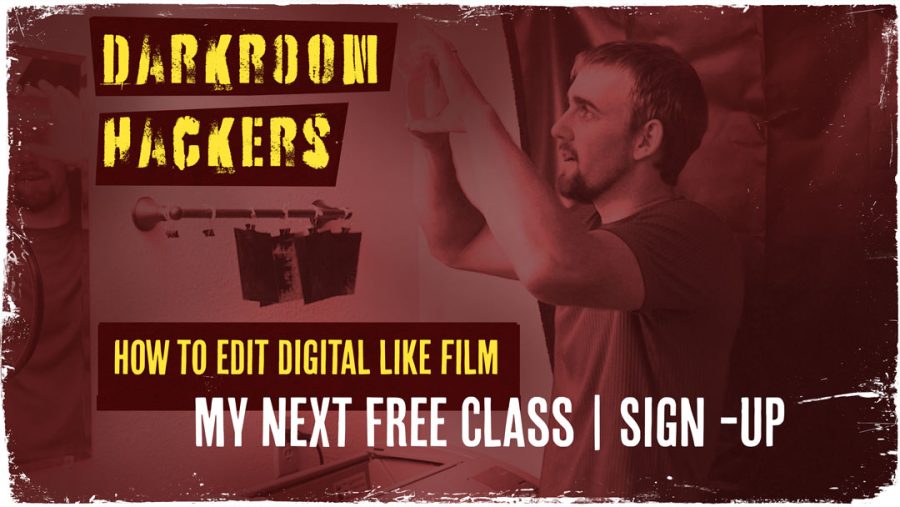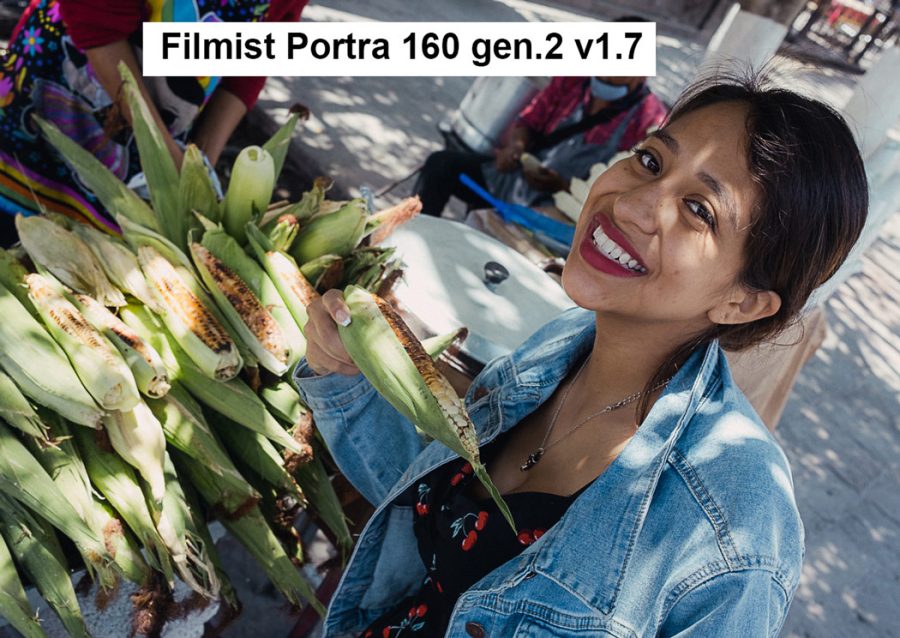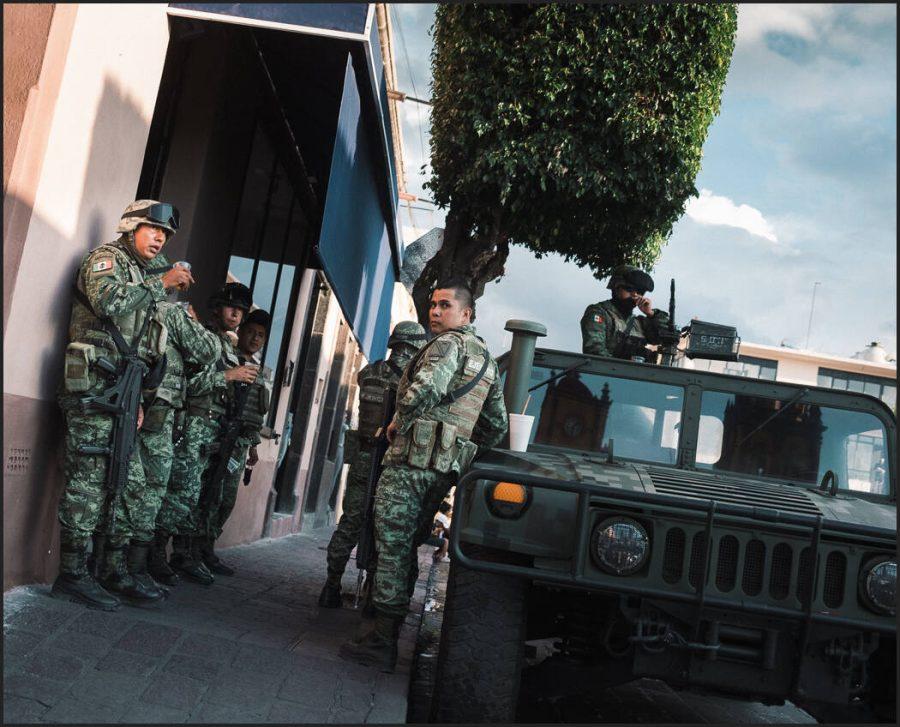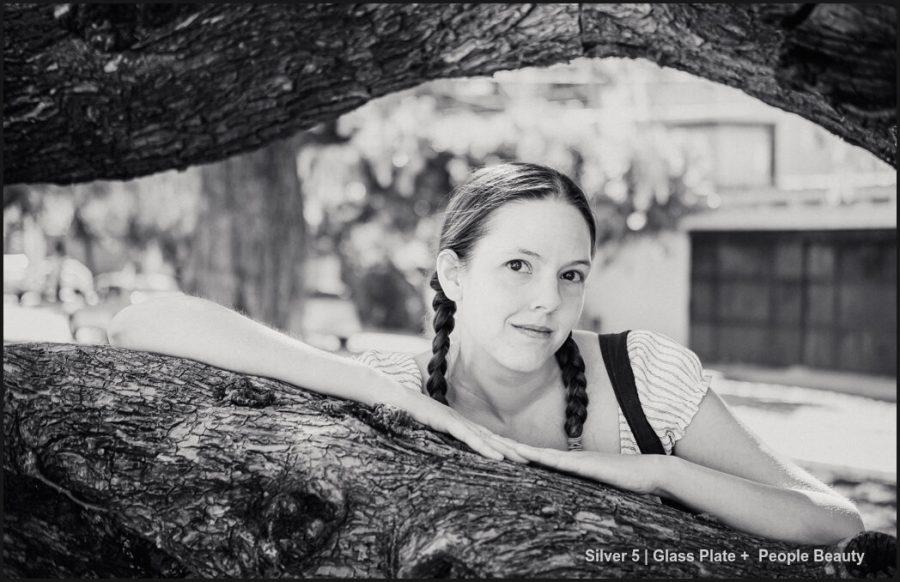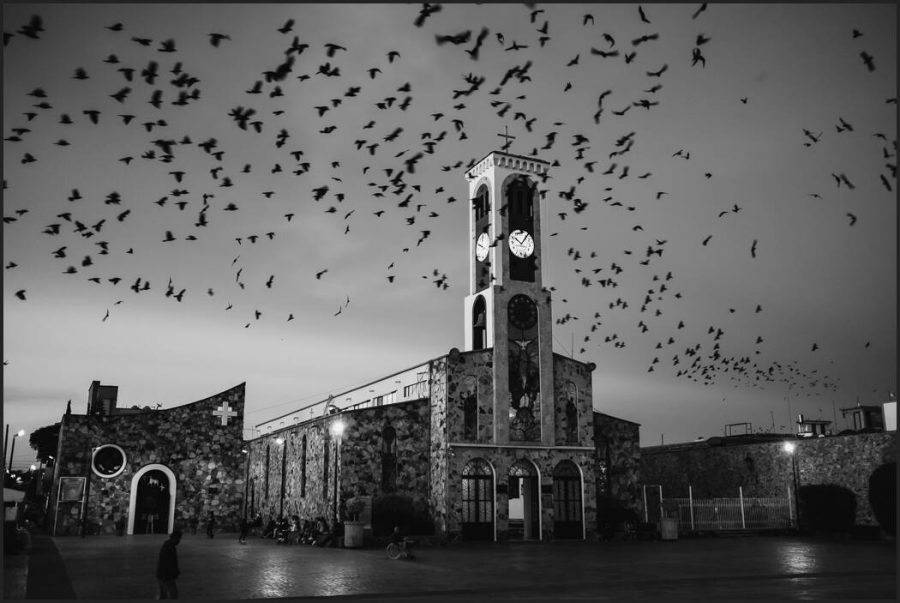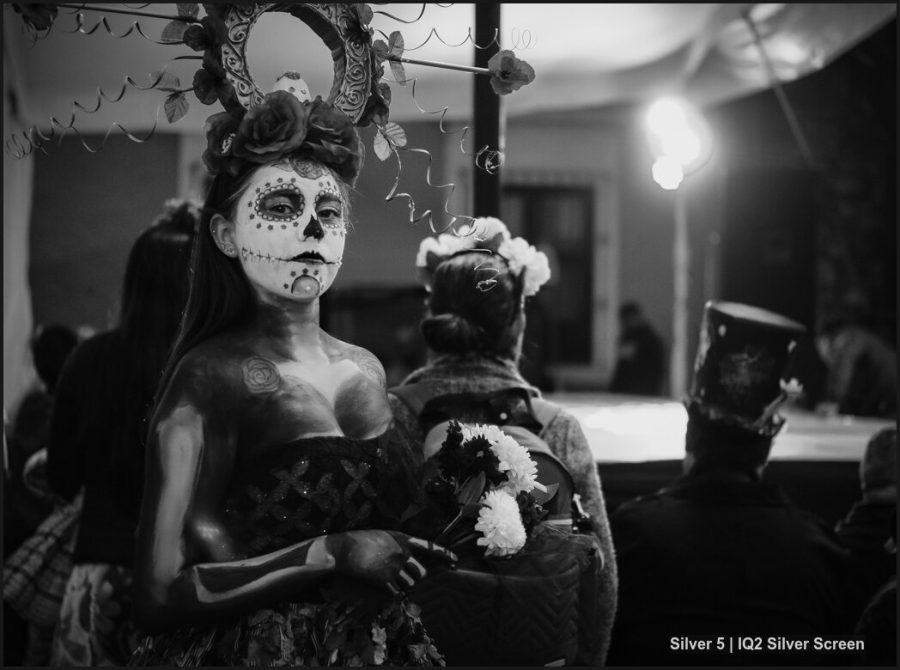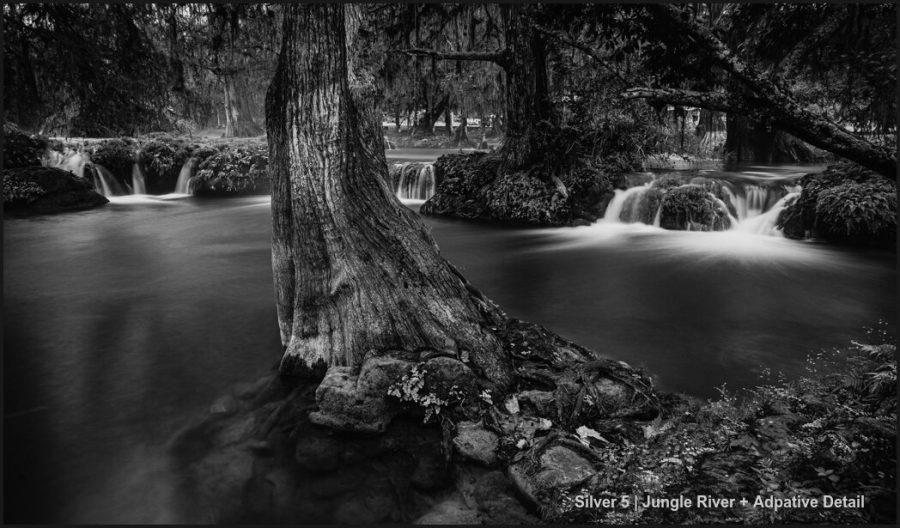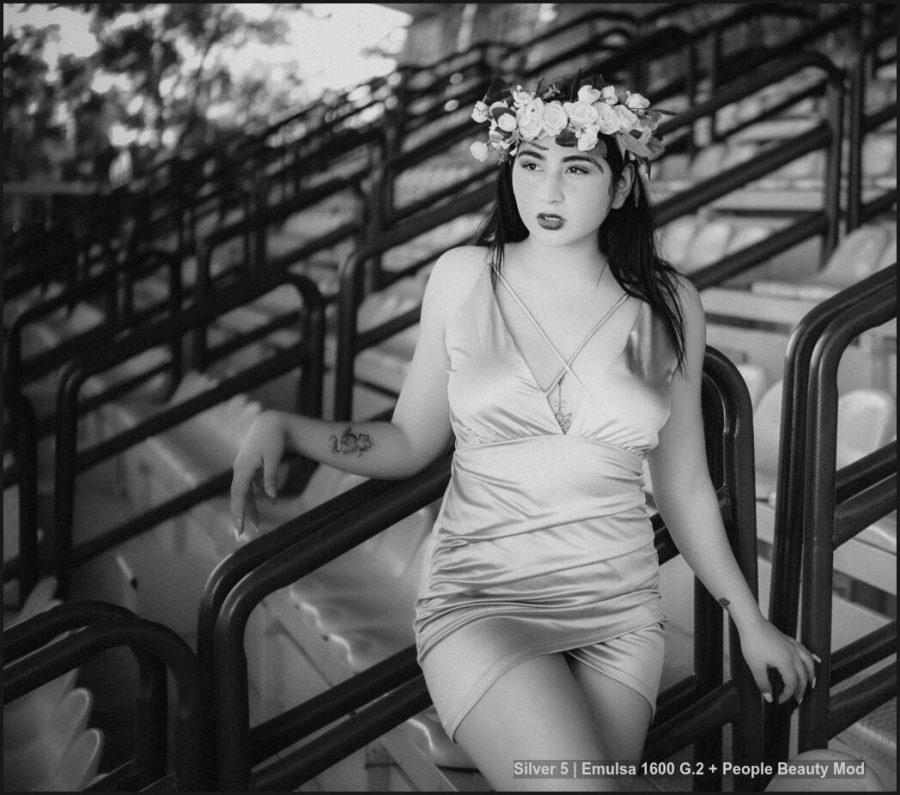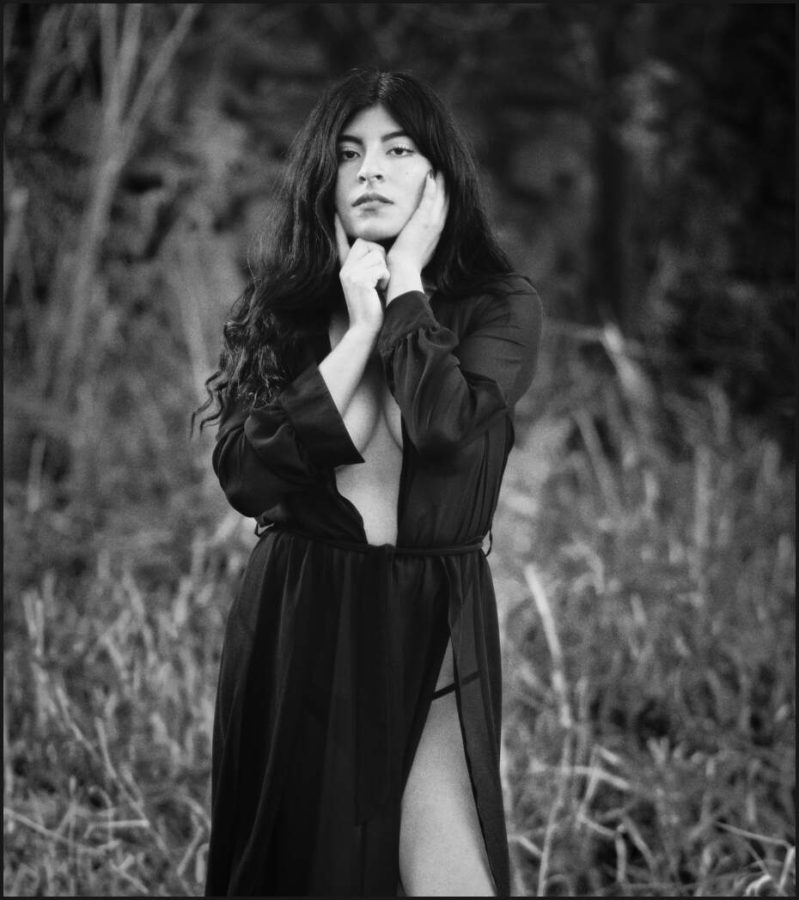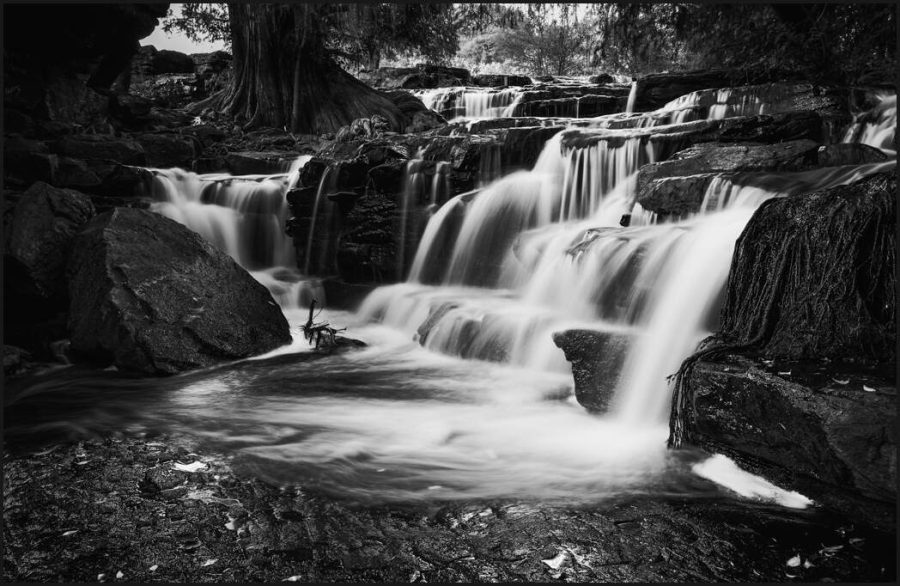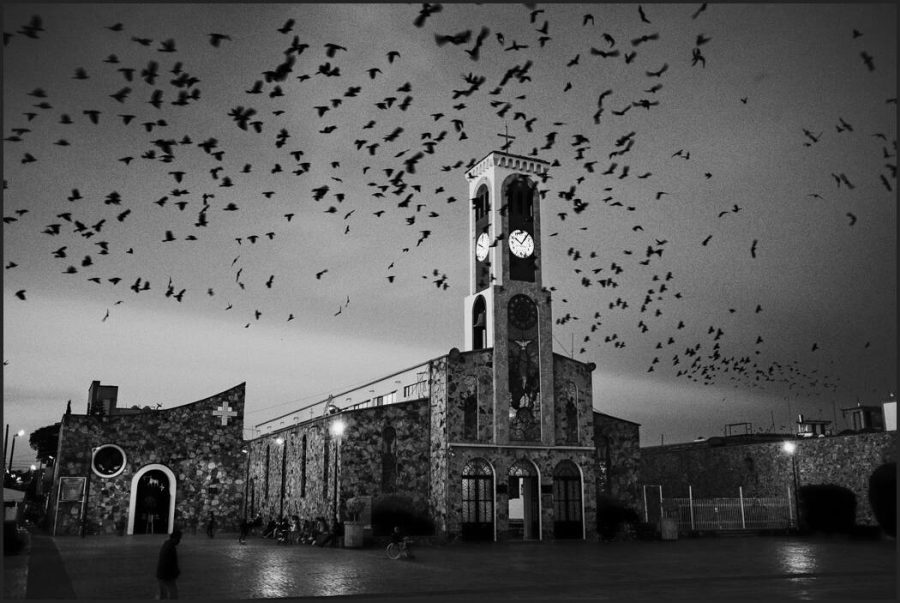Last month I launched the Silver 5 Black and White Styles for Capture One, and in today’s video, I’m going to show you how to use Silver 5. But, along the way, I’ll reveal the secrets of what makes a great black-and-white in Lightroom, so you can use them no matter how you edit.
Today I’ll show you how I use Styles for Capture One and the advantages C1 has for black-and-white conversions.
This video will be all about creating better black and white in Capture One and some tips for you regardless of what Styles you use for Black and White. The little details inside how Capture One will help you convert RAW photos to black and white better.
You can get Silver 5 Styles here. Note: If Lightroom for black and white see the Lightroom version of this video here.
I could type for hours, but instead I’ll show you in the video how easy it is to get great black and white and refine it in Capture One.
Do you really need Styles for Black and White?
I often see presets and styles getting dumped on. This makes no sense since any serious photography should always have them available. Well organized and the best they can get. If that means you invest the time to make your own that is fine. But avoid huge packs of crappy Capture One styles that only make you work harder.
I’ll explain in the video why it’s so important to use styles to get your black and white really dialed in, even if you don’t use my styles. Without using Styles in capture on to do your initial conversions you will not only use a lot more time, but you will also get lesser results. Yes, I mean that!
Should you use Capture One or Lightroom for Black and white?
The results of Lightroom VS Capture One on black and white, in general, are equal. Both have advantages. While Lightroom has more power in layers because of its Ai masking tools, Capture One does have some extra options in how we can use color channels and nuances that I’ll show in this video.
In the end, it’s more of a personal choice. With Capture One costing more than Lightroom and Photoshop combined for most Lightroom make more sense. In the end, you also need a pixel editor like Affinity Photo. or Photoshop where you can also use my BlackRoom black and white actions.
The point is that even if 98% of your black-and-white edits are in a RAW editor like LR or C1, your very best images will still be improved in the pixel editor and you want to have both. Just keep that in mind when planning what to use.
If you already use Capture One and are happy, rest assured that with the methods I showed you in the video you will get world-class black-and-white conversion and you’ll be a happy camper.
Let me know what you think in the comments because I’m here to help.
Gavin Seim

